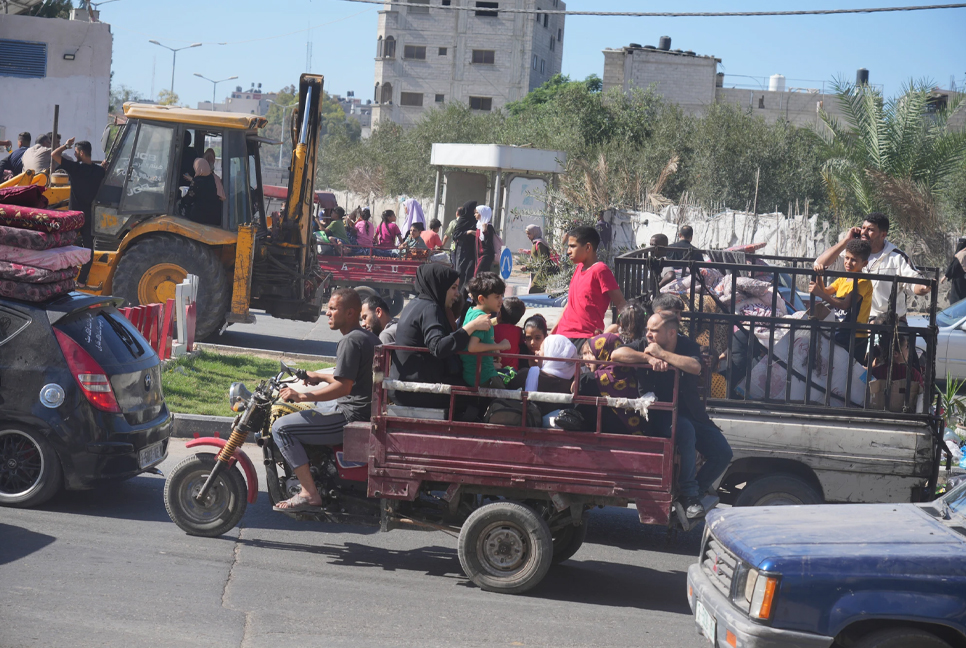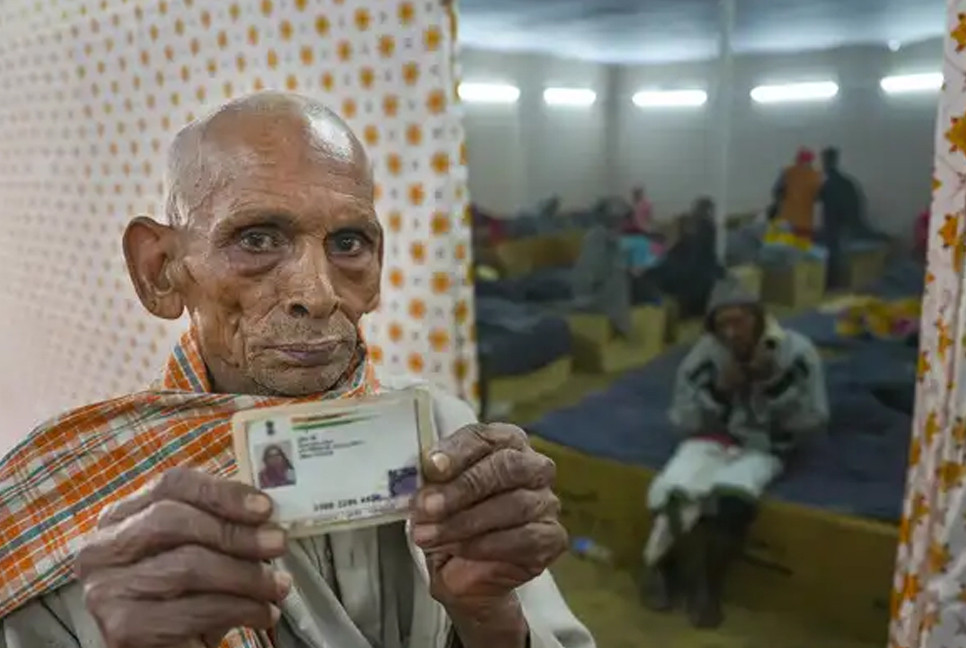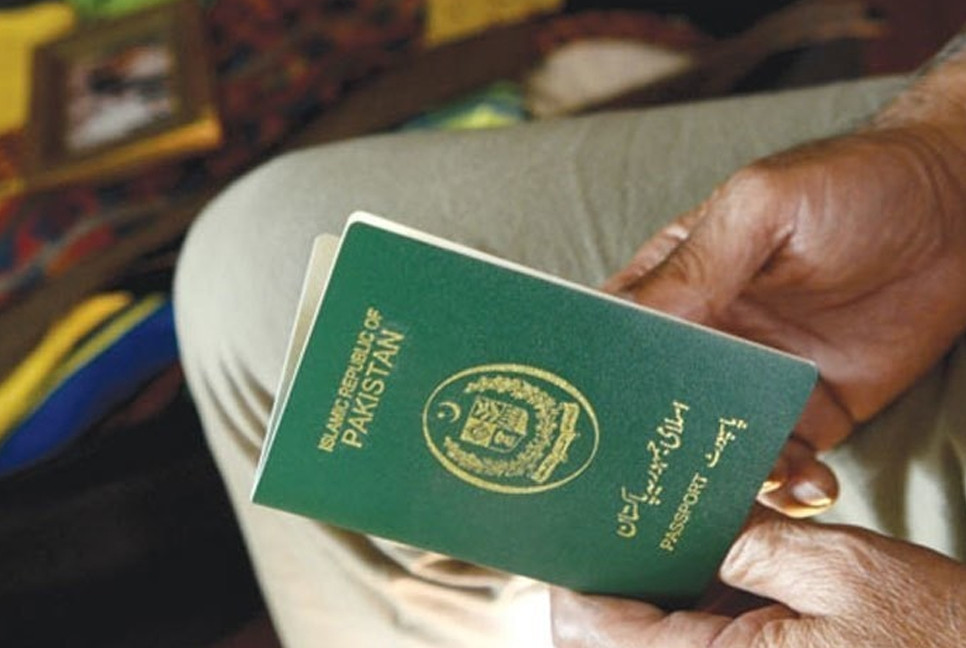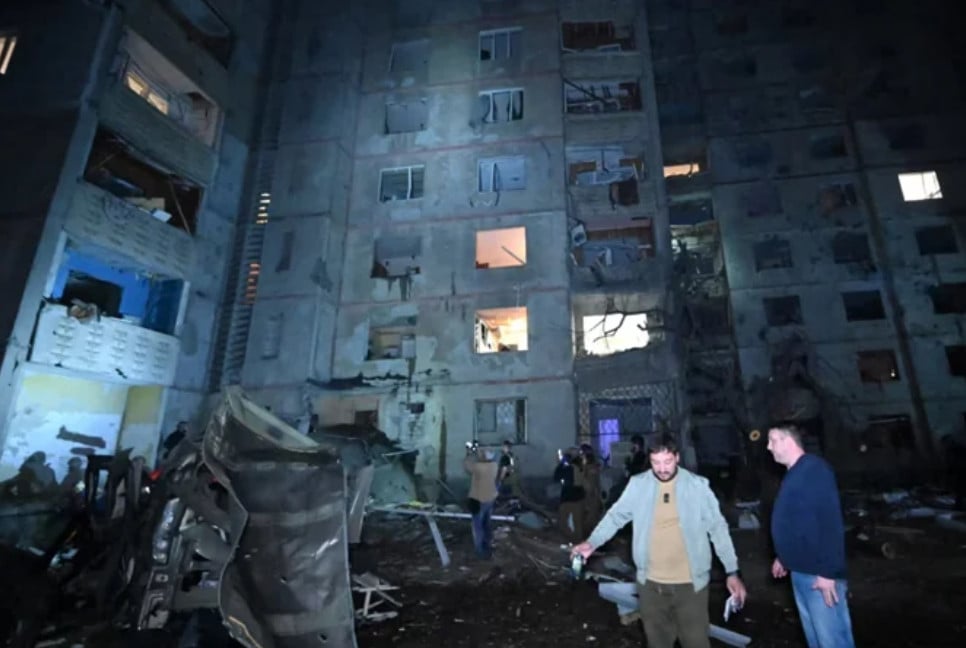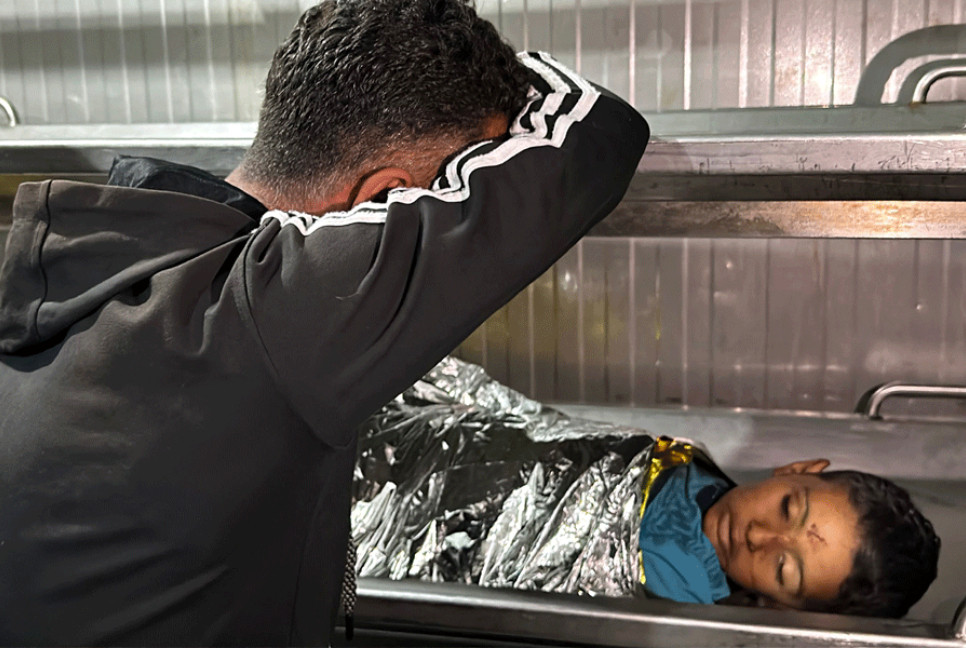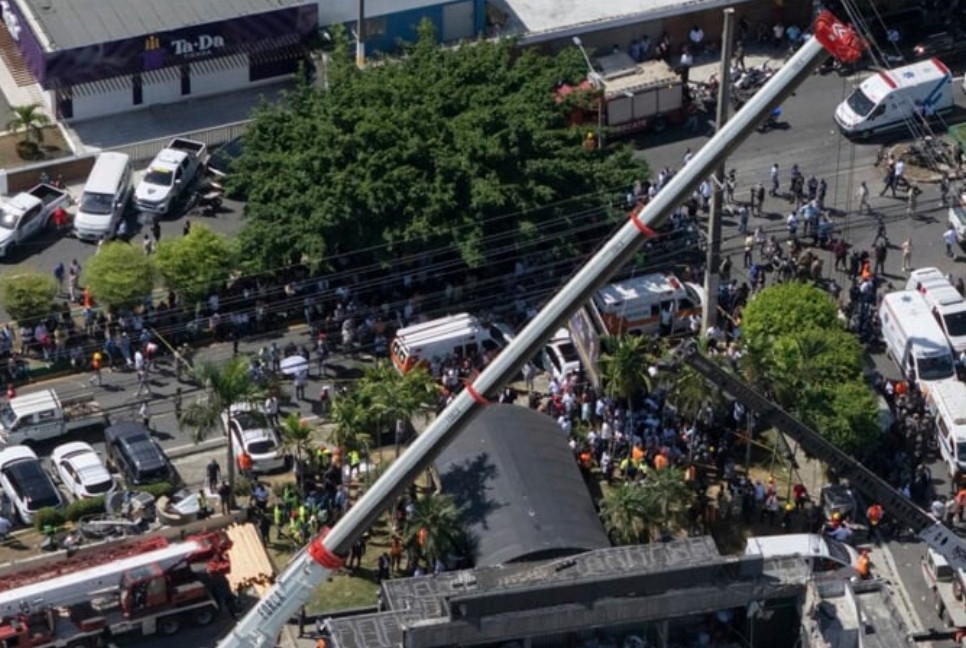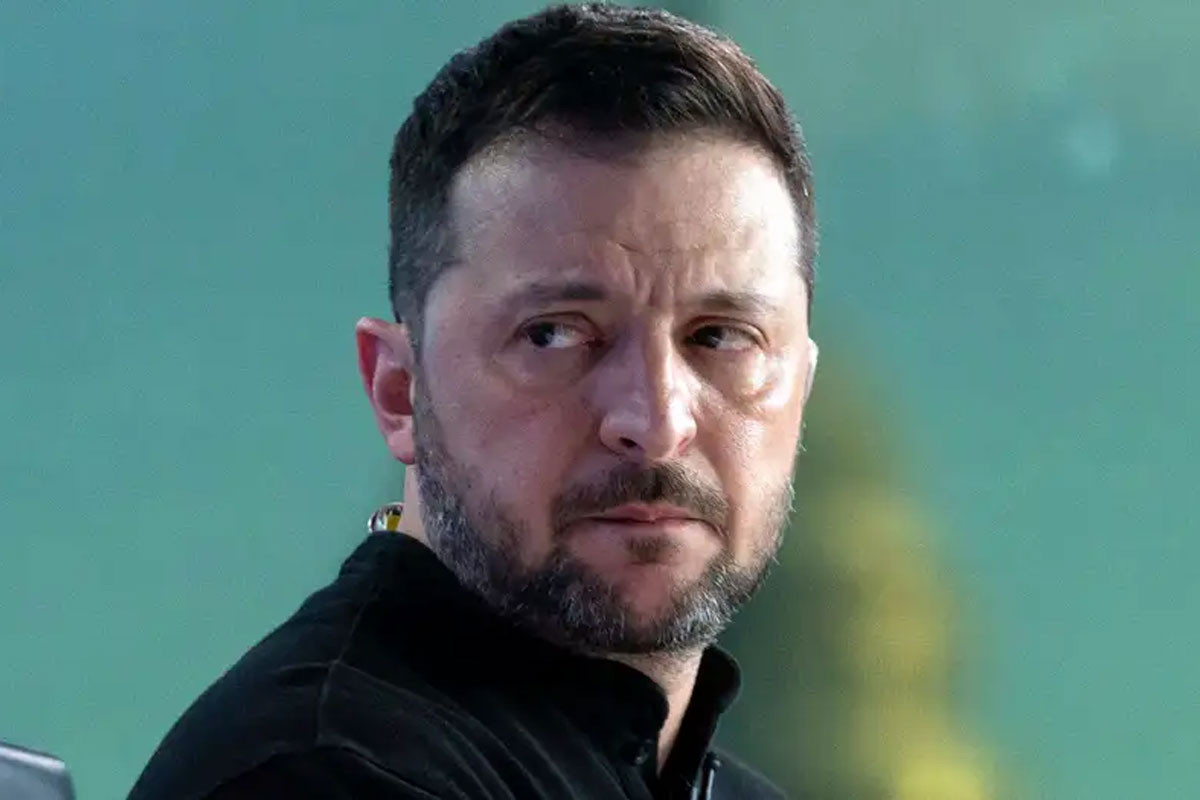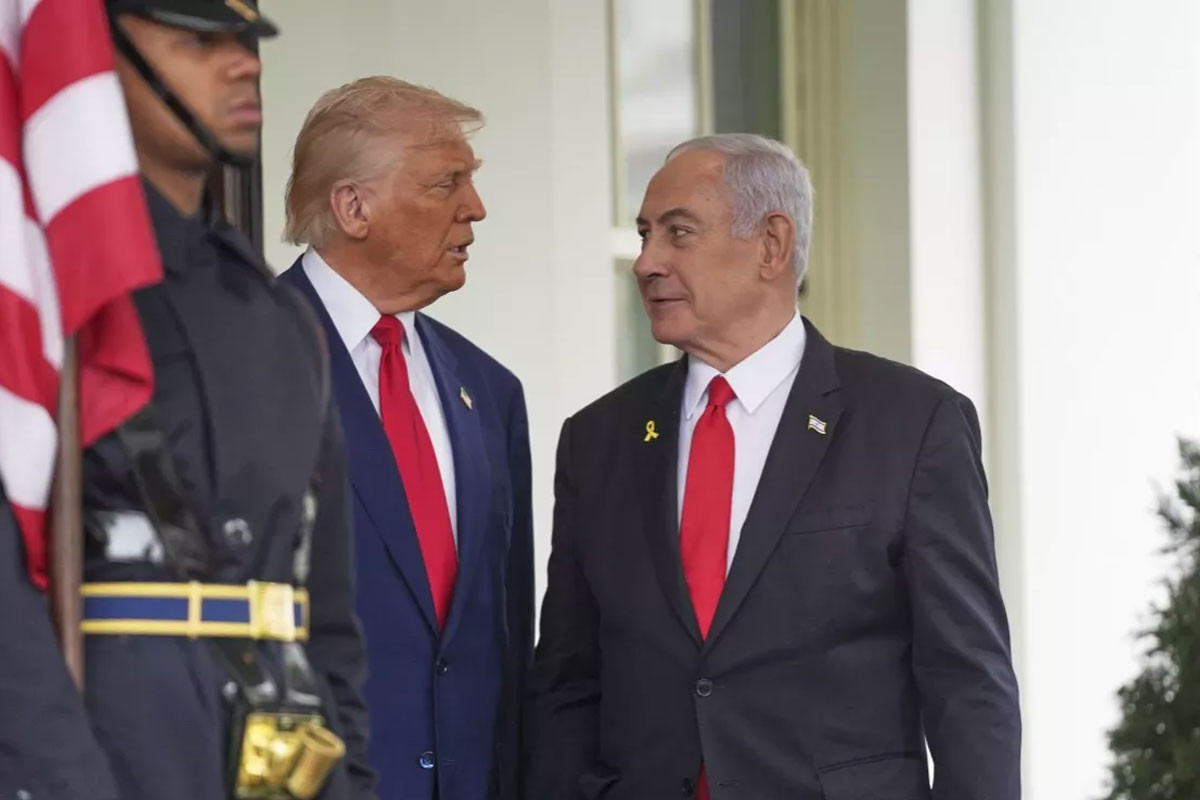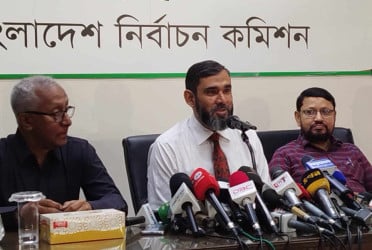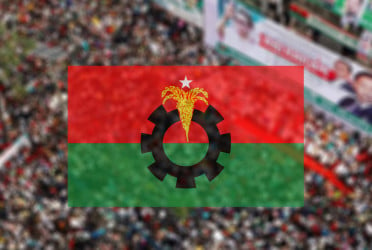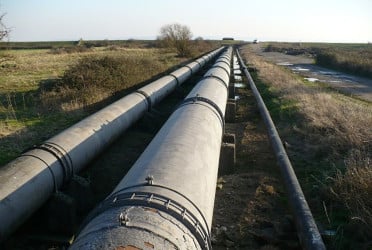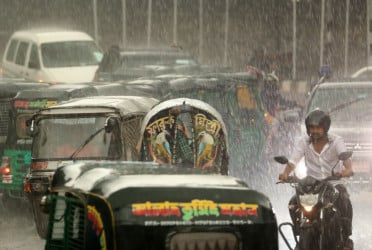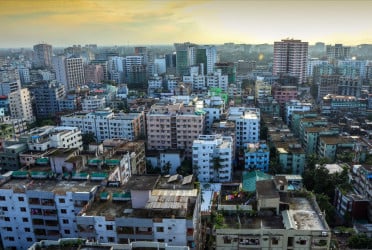Desperate Palestinians scrambled for escape from northern Gaza on Saturday or huddled by the thousands at a hospital in the target zone in hopes it would be spared, as Israel intensified warnings of an imminent offensive by air, ground, and sea following Hamas militants’ deadly rampage in Israel a week ago, reports UNB.
While workers at an Israeli military base continued efforts through the Jewish Sabbath to identify the more than 1,300 people killed in the Oct. 7 assault, Israel dropped leaflets from the air and redoubled warnings on social media for more than 1 million Gaza residents to move south.
The military says it is trying to clear away civilians ahead of a concentrated campaign against Hamas militants in the north, including in what it said were underground hideouts in Gaza City. Hamas urged people to stay in their homes.
The U.N. and aid groups say such a rapid exodus along with Israel’s siege of the territory would cause untold human suffering. The World Health Organization said the evacuation “could be tantamount to a death sentence” for the more than 2,000 patients in northern hospitals, including newborns in incubators and people in intensive care.
Gaza’s humanitarian crisis already was mounting Saturday amid a growing shortage of water and medical supplies under a week-old Israeli blockade, which has also forced electrical plants to shut down without fuel.
In Gaza City, Haifa Khamis al-Shurafa crowded into a car with six family members, fleeing to the south in the darkness.
“We don’t deserve this,” Shurafa said, before leaving her home city. “We didn’t kill anyone.”
The evacuation directive covers an area of 1.1 million residents or about half the territory’s population. The Israeli military said “hundreds of thousands” of Palestinians had heeded the warning and headed south. It gave Palestinians a six-hour window that ended Saturday afternoon to travel safely within Gaza along two main routes.
In Israel, meanwhile, workers at a military base received special rabbinical approval to continue identifying the bodies of the more than 1,300 people, mostly civilians, killed by Hamas. Work is normally halted on Saturday, the Jewish Sabbath.
Prime Minister Benjamin Netanyahu visited Be’eri and Kfar Azza, two southern border communities where Hamas militants slaughtered dozens of Israelis, to meet with soldiers and tour the ruins of bloodied homes. Netanyahu has faced criticism that his government has not done enough to meet with relatives of the victims.
Hundreds of relatives of the scores of Israelis and foreigners captured by Hamas and taken to Gaza gathered outside the Israeli Defense Ministry in Tel Aviv, demanding their release.
“This is my cry out to the world: Please help bring my family, my wife, and three kids,” said Avihai Brodtz of Kfar Azza. Many expressed anger toward the government, saying they still have no information about their loved ones.
In a nationally broadcast address Saturday night, Israel’s chief military spokesman, Rear Adm. Daniel Hagari, accused Hamas of trying to use civilians as human shields and issued a new appeal to Gaza residents to move south.
“We are going to attack Gaza City very broadly soon,” he said, without giving a timetable for the attack against the 40-kilometer-long (25-mile-long) territory.
“The Palestinian civilians in Gaza are not our enemies,” an Israeli military spokesman, John Conricus, said. “We don’t assess them as such, and we don’t target them as such. We are trying to do the right thing.”
Israel has called up some 360,000 military reserves and massed troops and tanks along the border with Gaza. U.S. Defense Secretary Lloyd Austin said late Saturday that the U.S. was moving in a second carrier strike group, the USS Dwight D. Eisenhower, as a deterrence to any regional actors seeking to widen the war.
Palestinian militants have fired more than 5,500 rockets into Israel since the fighting erupted, the Israeli military said.
Bd-pratidin English/Tanvir Raihan

